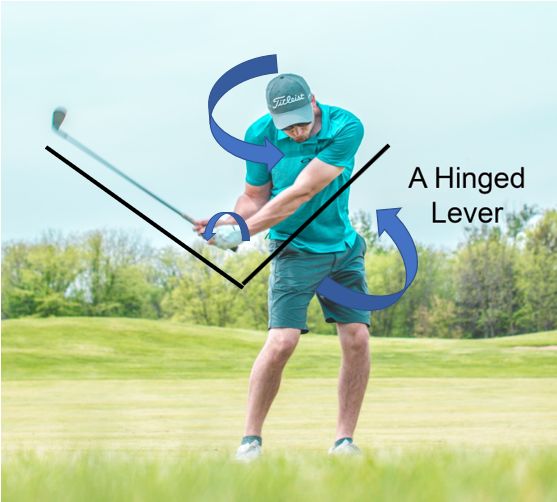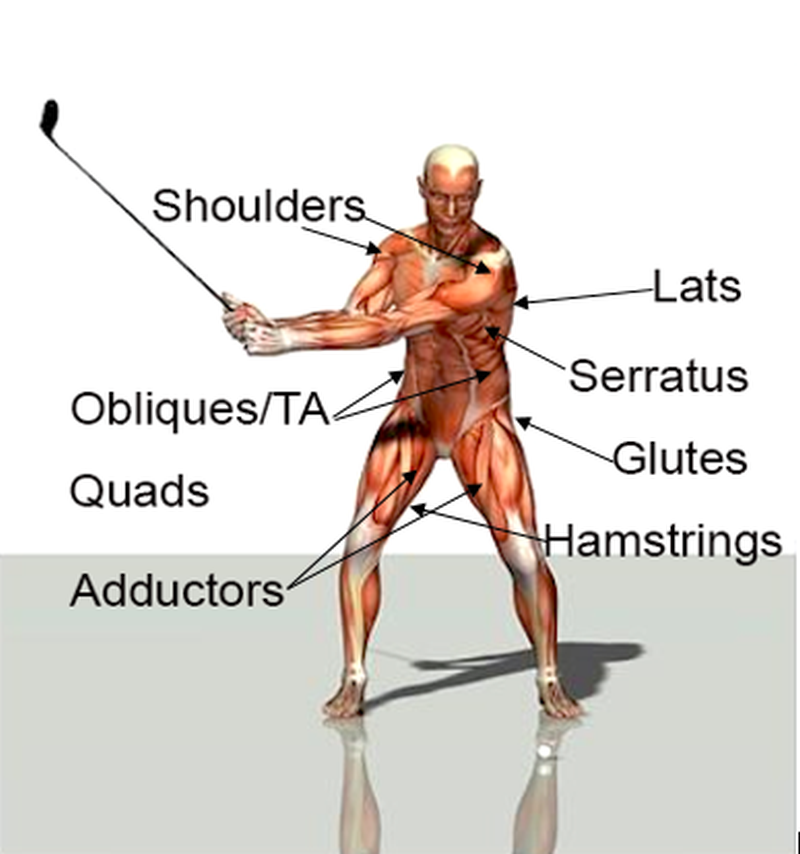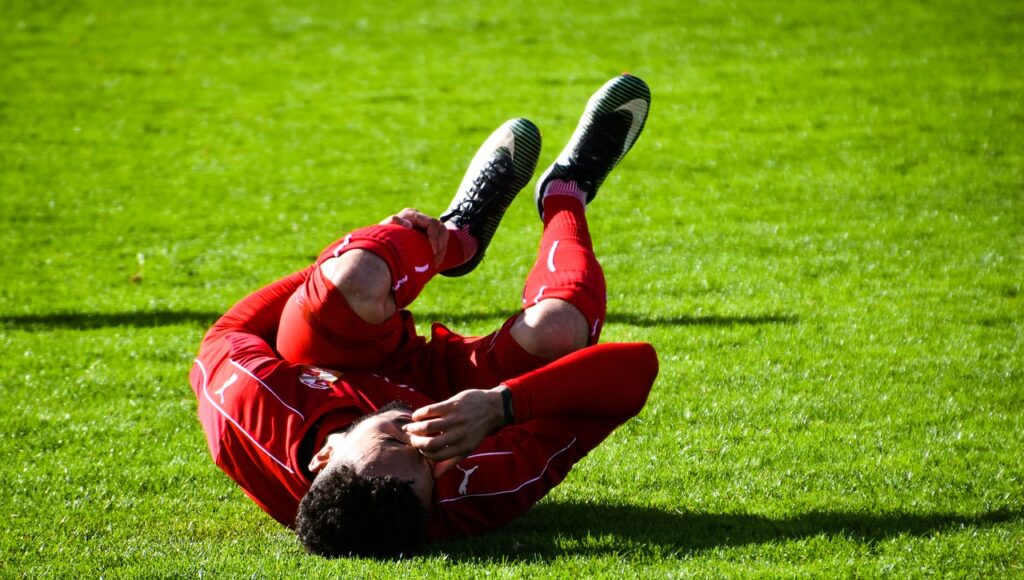Golf swing power is truly sought after by many golfers short and tall. A powerful golf swing can be easily accomplished if you’re standing 6ft tall over the golf ball. Being shorter can be a disadvantage. But even height and long levers are no guarantee that you can generate power and club head speed.
Knowing the right mechanics of a golf swing, and getting the timing right is essential. Anybody can get up their and swing as hard as they can, but without proper mechanics and timing club head speed distance and accuracy go out the window.
If you take two golfers of the same height, the exact same swing, same golf club and ball, you would expect the results in distance and accuracy would probably be the same.
If you take the same scenario and one golfer is approximately 6ft. tall, and the other approximately 5ft. tall, the advantage would be to the taller person. You’re probably saying, no kidding Sherlock.
A taller person creates a longer and bigger swing plane (arc), which in turn generates more club head speed. Its basic physics. For an object of given mass moving at a given velocity centrifugally around a fixed point, the torque force, hence club head velocity, will be greater the longer the lever (or radius from the fixed point).

Photo by Courtney Cook on Unsplash
Unleashing a drive can be monstrous if all golf mechanics and timing are in sync for a fairly tall person. So how does a shorter golfer stand to compete? Well, it’s not as vast a difference as you may think. There are plenty of shorter players on tour that are prodigious in length off the tee.
They have learned and applied small compensations and movements to make up for the shorter levers they have. The simplest hack is to have their golf club shaft a little longer than standard. But that comes with potential complications such as control and accuracy.
Outside of timing e.g. early weight shift forward before the top of backswing which allows increased large and later club release/casting that generates club head speed etc., strength and mobility are the go-to factors.
It doesn’t necessarily mean you have to go out and bench press 400 lbs every day. By strengthening and mobilising your upper and lower body golf muscles using functional movements (G-SETs)* two or three times a week, you can make a world of difference.

Photo by Damir Spanic on Unsplash
The golf muscles that most need to be focused on for the lower half include the glutes (the King of the Swing), quads or thighs, hamstrings and adductor group i.e. the hip and pelvis movers and coordinators.
While for the upper portion of the body it’s the shoulders, lats and ab muscles but particularly the side abs i.e. obliques, transverse abdominus, and serratus.
The upper portions of the body produce the main coil and uncoil of the golf swing through thoracic rotation in conjunction with (backswing and follow through) and opposed to (downswing) the hips and pelvis. And your legs produce power by pushing into the ground and giving the rest of the body a solid platform to drive off of.

Leveraging Muscle Memory
I’m sure you have heard of muscle memory? It’s never more apparent than in a golf swing. It is a part of the brain that remembers a movement. For good or ill your brain remembers muscle firing patterns as a habit or automation. It’s how your brain lessens its workload.
By having an automated program to do any task it lessens its direct involvement freeing it to focus on what it deems most important.
In other posts I have mentioned how most behaviours and tasks are automated and triggered by the environment that we are in at any given moment. So, to improve your golf swing even after you have strengthened and mobilised you need to change the underlying program, replacing it with a better one.
So, when you are in your golfing environment, ideally the golf course, your go-to automated swing program is the optimum one for your new found strength, mobility and timing i.e. your golf swing mechanics.
Those patterns are also protective. For example, when you kick a football your quads and hip flexors generate some serious power. It’s the job of your hamstrings and glutes to act as a brake toward the end of range in the kick so you don’t damage your hip or your knee.
Putting it another way,you may have felt a muscle or body part ‘say’, “stop right there”? This same part of the brain will tell your moving parts of your body how far you can take them, so you do not injure yourself. It also signals for the timing of certain muscles to kick in and take over, or turn off as needs be.

Therefore, some movements you want to achieve you simply can’t because you body is protecting you from injury. Hence the need even more so to mobilise with your strengthening program.
As implied earlier the brain will also remember bad habits as well as good in your golf swing, especially if they have been rehearsed/repeated over a long time. You must be careful in your practice routine to overlay bad habits with new and better programs.
Practicing regularly with your newfound strength and mobility will exercise these muscles and train them for further swing improvement in proper movement and timing. Your golf muscles will take the golf mechanics and timing to a higher level of power by exercising them over and over again.
Because a golf swing is over in a fraction of a second all the best professional coaches always advocate golf swing movements be broken down into smaller chunks and rehearsed slowly so you can get a ‘feel’ for the better positions and how it should feel to you in the swing, especially initially when it is new.
Interleaving practice is also a good way to help build anew pattern. It creates cognitive dissonance and gives your brain a clear instruction on what you want while at the same time giving you a physical feel of the club moving in your hands and around your body. I’ll do a more in-depth post on interleaving practice soon.
Have you “Taken the Test” yet? It’s my mini strength and mobility test. Take it and find out if you should dig a bit deeper.
Click on the ‘take the test’ button in the menu or just click here.
Main image courtesy of Rick Shiels Golf.

